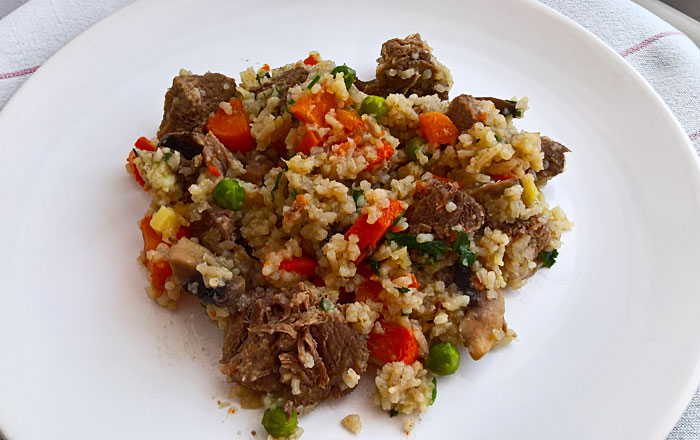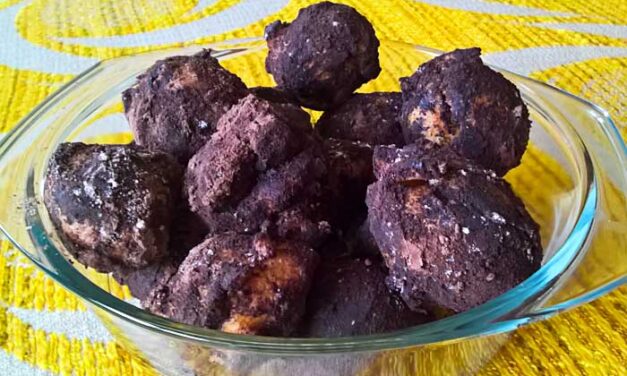In autumn and winter we often eat goose, which is an excellent source of protein, iron, vitamin B2 and B6. Ludaskása is one of the most popular goose recipes in Hungary because it uses less trendy parts of this wonderful animal.
Goose meat is not to everyone’s taste. It’s darker and fuller bodied, and it also has a stronger flavour than the chicken breast so common in many diet. Cooked properly, however, it can be a rich, flavorful meat.
The first ludaskása recipes appeared in Hungarian cookbooks at the end of the 19th century. Its preparation hasn’t changed much during the last 150 years; we make a goose soup with vegetables, then we combine the cooked meat and veggies are with rice.
Letting any part of an animal go to waste was not an option in the old times, so ludaskása was created to utilize giblets and bone-in cuts of a goose. Traditionally, the recipe calls for goose neck, back, wings, heart and gizzard, but it also works with boneless cuts.
This time I chose the latter since I found frozen, boneless goose meat chunks in a small shop and I used them for making ludaskása. It turned out great, and I saved, moreover, the effort of removing the meat from the bone.



















0 Comments